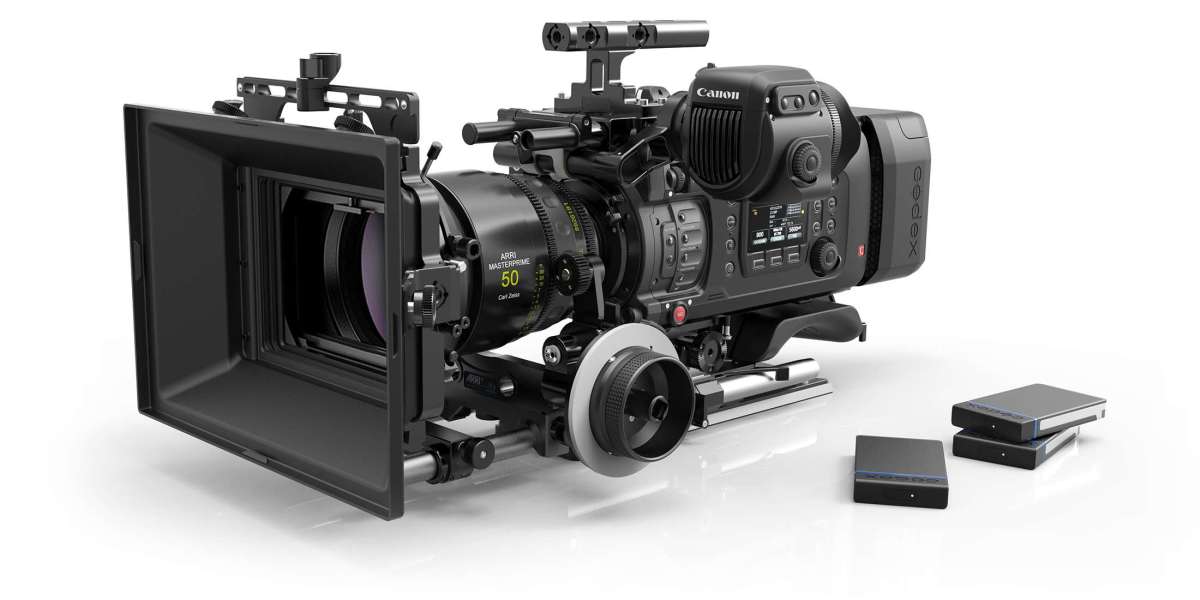In today’s tech-driven world, display technologies have come a long way, with a variety of options available for both consumers and businesses alike. Among the most popular display technologies are SMD screens and OLED (Organic Light Emitting Diode) screens. Both offer incredible visual experiences, but each technology has its unique features, advantages, and ideal use cases.
1. What are SMD Screens?
SMD stands for Surface-Mounted Device, a technology used in the construction of LED displays. Unlike traditional LED screens, which use individual LEDs to produce light, SMD screens integrate the LED light source directly into the surface of the screen. This allows for thinner, more efficient displays with better color accuracy and brightness.
- Components: SMD screens use a combination of red, green, and blue LEDs (RGB) arranged in a matrix to create full-color displays. The LEDs are mounted directly onto a circuit board, offering a more compact and efficient design.
- Applications: SMD technology is commonly used in digital signage, billboards, indoor and outdoor advertising, and large-scale displays. They are particularly popular for environments where bright, vibrant displays are necessary.
2. What are OLED Screens?
OLED stands for Organic Light Emitting Diode, a display technology in which each pixel generates its own light. Unlike SMD or LCD screens, which require a backlight, OLED screens use organic compounds that emit light when an electric current is applied.
- Components: OLED displays consist of organic layers of materials placed between two conductors. Each pixel in an OLED display is self-illuminating, meaning it can turn on and off independently, leading to true blacks and high contrast ratios.
- Applications: OLED technology is commonly used in smartphones, televisions, smartwatches, and other high-end consumer electronics where display quality and contrast are paramount.
3. Key Differences Between SMD Screens and OLED Displays
a. Brightness and Visibility
SMD Screens:
SMD screens are known for their high brightness levels. This makes them ideal for outdoor applications, such as digital billboards or signage that needs to be visible in direct sunlight. SMD technology can produce brightness levels that range from 1,000 to 5,000 nits (depending on the display type), making them perfect for areas with strong ambient lighting.
OLED Screens:
While OLED screens offer impressive brightness, they generally have a lower peak brightness than SMD displays, especially when viewed in bright outdoor environments. However, OLED displays excel in indoor settings where vivid colors and deeper blacks are more noticeable, making them perfect for devices like smartphones, laptops, and TVs. OLED screens typically offer 600 to 1,500 nits, depending on the model.
Winner: SMD Screens for outdoor visibility.
b. Color Accuracy and Contrast
SMD Screens:
SMD screens deliver vibrant and bright colors, making them ideal for applications where visibility is key. While they offer good color accuracy, they do not match the deep contrast levels of OLED displays. This is because SMD screens rely on a backlight, which can leak light and prevent true blacks.
OLED Screens:
OLED technology is known for its exceptional contrast ratio because each pixel emits its own light, allowing OLED displays to achieve true black levels. The absence of a backlight means that dark scenes in movies or images are displayed with incredible depth, providing a superior visual experience, particularly in low-light environments.
Winner: OLED Screens for color richness and contrast.
c. Energy Efficiency
SMD Screens:
SMD displays are generally energy efficient because they use LEDs, which consume less power compared to traditional lighting systems. However, since SMD screens often rely on a backlight (especially for large-scale displays), they tend to consume more energy than OLED displays, especially at high brightness levels.
OLED Screens:
OLED screens are more energy-efficient in situations where dark images or content is displayed because individual pixels turn off completely to produce black, using no power. However, when displaying bright, full-screen content (like white backgrounds), OLED displays can consume more energy than SMD screens, as every pixel is actively emitting light.
Winner: OLED Screens for energy efficiency with darker content.
d. Lifespan and Durability
SMD Screens:
SMD screens are known for their long lifespan—typically lasting around 100,000 hours or more, depending on the quality of the components and usage. They are also relatively durable and can withstand outdoor conditions, making them ideal for digital signage and other large-format displays. Additionally, SMD displays are less prone to image burn-in issues.
OLED Screens:
OLED screens have a shorter lifespan compared to SMD screens, mainly due to the organic compounds used in the technology. Over time, the brightness of individual pixels can degrade, especially with static images or constant use of bright content. Burn-in (or image retention) is a potential issue with OLED screens, particularly in cases of prolonged display of static content like logos or menu bars.
Winner: SMD Screens for longer lifespan and durability.
e. Cost
SMD Screens:
SMD technology is generally more affordable compared to OLED, especially in large-format displays. This makes it a cost-effective option for businesses that require large displays for outdoor advertising, event venues, or public installations.
OLED Screens:
OLED displays, due to their more advanced technology and superior image quality, tend to be more expensive. They are commonly found in high-end products like flagship smartphones, premium TVs, and high-resolution monitors.
Winner: SMD Screens for affordability, especially in large-scale applications.
4. Best Use Cases for SMD and OLED Displays
SMD Screens:
- Outdoor advertising and billboards
- Digital signage in bright environments
- Retail displays
- Large-scale event venues
- Public transportation displays
OLED Screens:
- Smartphones and mobile devices
- High-end TVs and monitors
- Wearable devices (smartwatches)
- Cinemas and home entertainment setups
- Laptops and tablets
5. Conclusion: Which is Better?
Both SMD screens and OLED screens have their own set of strengths, making them suited to different use cases.
- If you’re looking for bright, large-scale displays for outdoor advertising or digital signage, SMD screens are the better option due to their high brightness, cost-effectiveness, and durability.
- On the other hand, if you prioritize superior contrast, color accuracy, and vivid visuals in indoor settings, particularly for personal devices like smartphones and high-end TVs, OLED technology stands out as the winner.
Ultimately, the choice between SMD screens vs. OLED displays comes down to the specific requirements of your project or application. Both technologies offer remarkable benefits, but selecting the right one can ensure optimal performance and an enhanced user experience.







